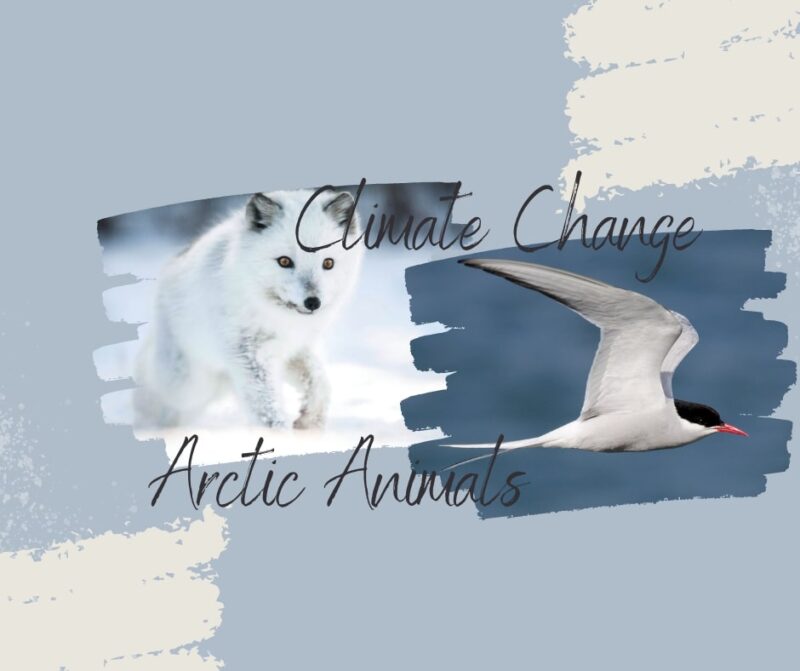The Arctic is a unique ecosystem that is home to a diverse array of wildlife. From the mighty polar bear to the elusive Arctic fox, these animals have adapted to thrive in one of the harshest environments on Earth. However, this delicate balance is under threat due to the rapid changes brought about by climate change.
Climate change is having a profound impact on this region, with temperatures rising at twice the rate of the global average. This rapid warming is leading to shrinking sea ice, melting glaciers, and thawing permafrost, dramatically altering the Arctic landscape and the habitats of the animals that call it home.
The effects of these changes impact everything from the smallest plankton to the largest whales.
Shrinking Sea Ice and Polar Bears
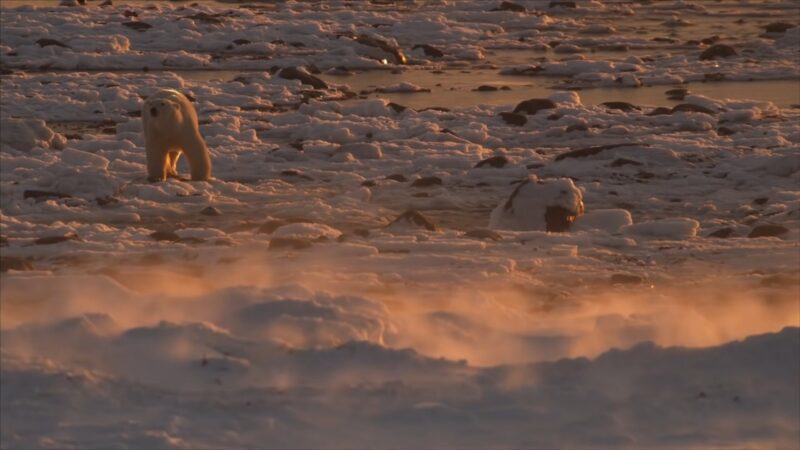
Polar bears, the iconic symbol of the Arctic, are at the forefront of the climate crisis. These majestic creatures rely on sea ice for hunting, breeding, and migrating. However, as global temperatures rise, the Arctic sea ice is shrinking, reducing the polar bears’ hunting grounds and making it harder for them to find food.
Polar bears primarily feed on seals, which they catch by waiting at breathing holes in the sea ice. As the ice retreats, these hunting opportunities become fewer and farther between, forcing the bears to swim longer distances in search of food.
This not only increases their energy expenditure but also exposes them to the risk of drowning, particularly the young and weak. Furthermore, the loss of sea ice is also affecting the polar bears’ breeding habits. Female bears den on the sea ice to give birth and nurse their young.
As the ice becomes less stable, it can lead to den collapse, endangering the lives of the mother and cubs. With their survival intimately linked to the sea ice, polar bears are a poignant example of the devastating impacts of climate change on Arctic wildlife.
Disrupted Migration Patterns of Arctic Birds
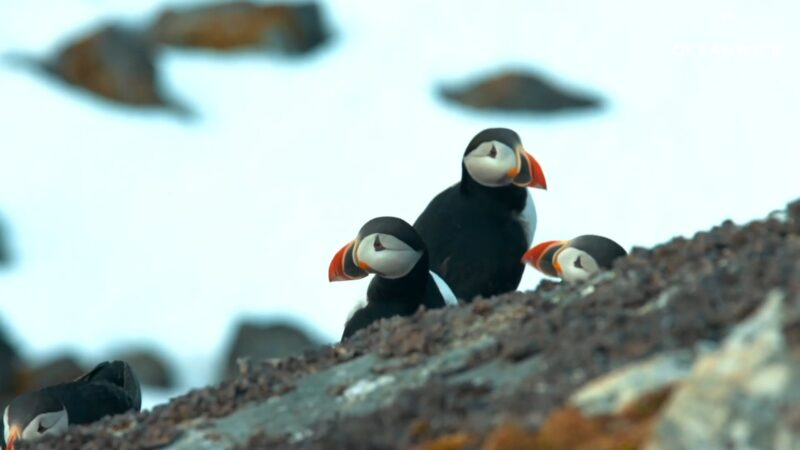
The Arctic is a vital breeding ground for millions of migratory birds, who travel thousands of miles each year to take advantage of the region’s abundant food and lack of predators. However, climate change is disrupting these annual migrations, with potentially serious consequences for these avian species.
As global temperatures rise, the timing of the seasons is shifting. This can lead to a mismatch between the birds’ migration schedules and the availability of food resources in the Arctic. For example, if birds arrive after the peak abundance of insects or other food sources, it can affect their breeding success and the survival of their chicks.
In addition to altering the timing of migrations, climate change is also affecting the routes that birds take. Changes in wind patterns, sea ice conditions, and food availability can force birds to alter their traditional routes, potentially leading them into unfamiliar territories with different predators and competition for resources.
These disruptions to migration patterns can have cascading effects on bird populations and the ecosystems they are part of, highlighting the far-reaching impacts of climate change on Arctic wildlife.
Seals
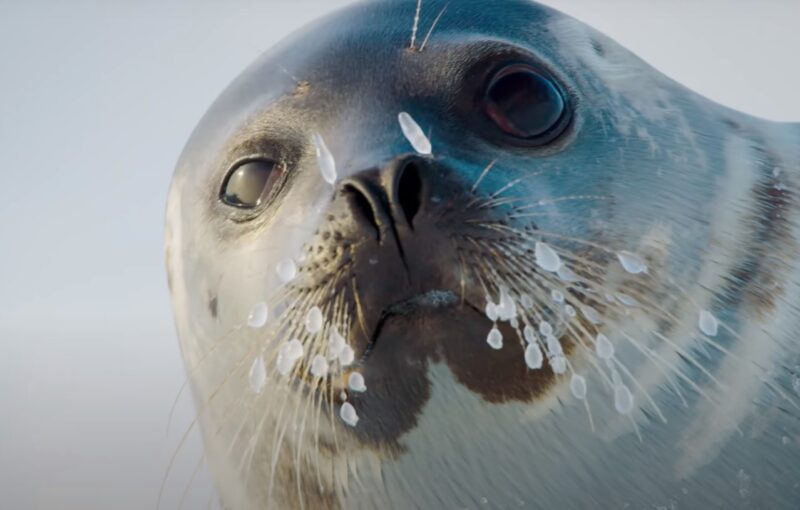
Arctic seals, including ringed seals and harbor seals, are another group of animals that are being affected by the melting of Arctic ice. These seals rely on the ice for resting, breeding, and escaping from predators. As the ice disappears, it disrupts their life cycles and exposes them to increased predation.
Ringed seals, for example, build snow dens on the sea ice for their pups. The dens provide protection from the harsh Arctic weather and predators. However, as the ice becomes thinner and less stable, it becomes more difficult for the seals to build these dens, leading to increased pup mortality.
Melting ice also affects the seals’ ability to hunt for food. Seals rely on stable ice as a platform from which to dive for fish and invertebrates. As the ice melts, it can lead to changes in the distribution and abundance of their prey, making it harder for the seals to find food.
The loss of ice can also disrupt the seals’ predator-prey relationships. Polar bears, one of the main predators of seals, are forced to hunt more aggressively as the ice retreats, leading to increased predation on seal populations.
This highlights the interconnectedness of the Arctic ecosystem and how changes to one species can have cascading effects on others.
Walruses
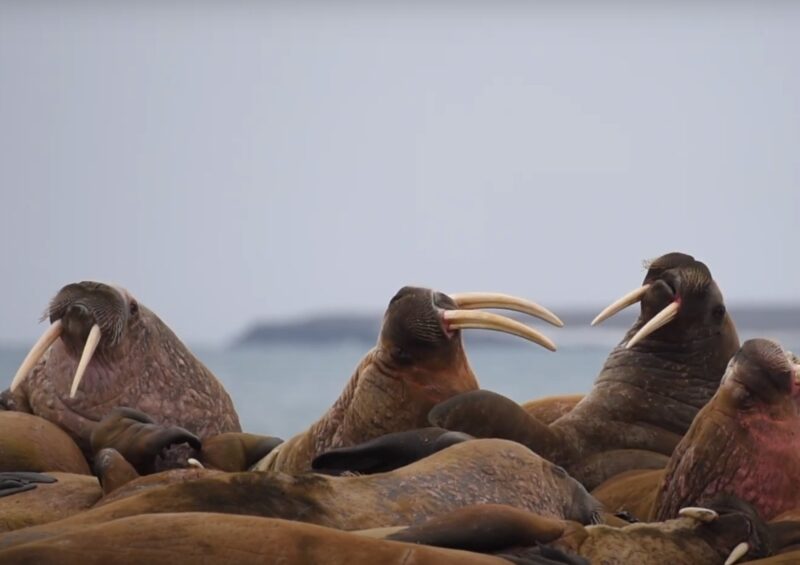
Walruses, the giants of the Arctic, are also feeling the impacts of climate change. These animals rely on sea ice as a resting platform between foraging trips to the seafloor. However, as the sea ice retreats, it forces the walruses to haul out on land, leading to overcrowded conditions and increased mortality, particularly among calves.
Changes in ocean currents due to climate change can also affect the distribution of the walruses’ main food source – clams and other benthic invertebrates. Changes in water temperature and salinity can lead to shifts in the benthic communities, potentially making it harder for the walruses to find food.
Also, the retreat of the sea ice can also affect the walruses’ migration patterns. Walruses traditionally follow the edge of the sea ice as it expands and retreats, using it as a moving platform to reach new feeding grounds.
However, as the ice retreats further and faster, it can lead to longer and more energy-intensive migrations, impacting the walruses’ condition and survival.
Adaptation Challenges for Foxes
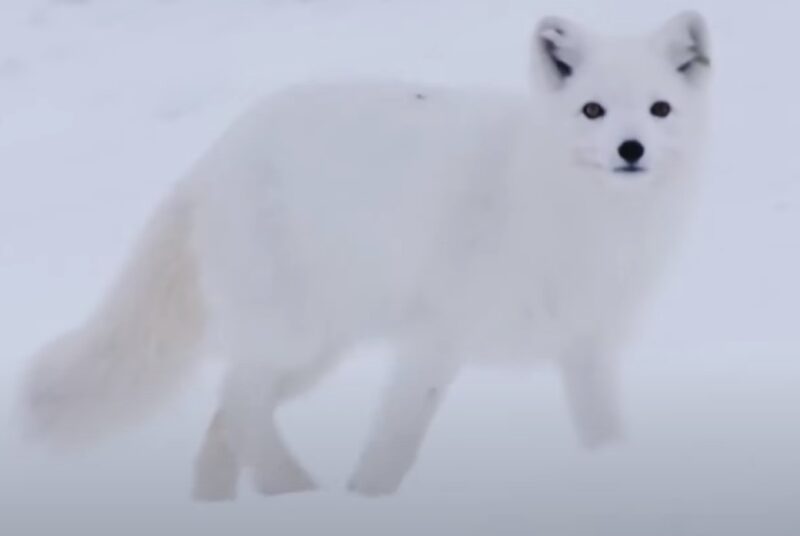
Arctic foxes, with their thick fur and compact bodies, are well adapted to the harsh Arctic climate. These small predators are facing new challenges as the Arctic warms.
Rising temperatures can lead to changes in the availability and distribution of their main prey, such as lemmings, voles, and seabirds, forcing the foxes to adapt their hunting strategies. In addition to changes in prey availability, warmer temperatures can also affect the foxes’ physical adaptations.
For example, Arctic foxes rely on their white winter fur for camouflage in the snow. As the snow melts earlier and arrives later, the foxes can be left in their white winter coat against a brown landscape, making them more visible to predators and prey.
The changing climate can also lead to the encroachment of red foxes into the Arctic foxes’ territory. Red foxes, which are larger and more aggressive, can outcompete Arctic foxes for food and even kill them.
Lemmings
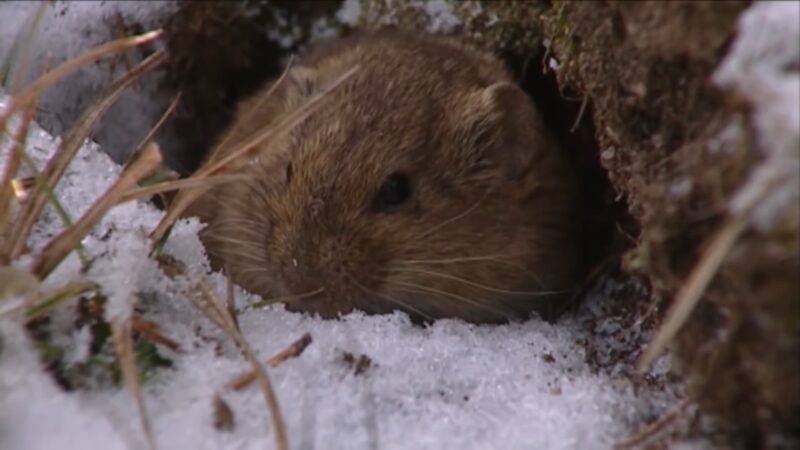
Lemmings, small rodents that are a key part of the Arctic food web, rely on the insulating snowpack to create a network of tunnels and nests, which protect them from the cold and predators. However, warmer temperatures and changes in snowfall patterns can disrupt this snowpack, exposing the lemmings to harsher conditions and increased predation.
In addition to changes in the snowpack, the thawing of permafrost – permanently frozen ground – can also affect lemming populations. Thawing permafrost can lead to changes in vegetation and soil conditions, potentially affecting the lemmings’ food resources and habitat.
The impacts on lemming populations can have cascading effects on the Arctic ecosystem. Lemmings are a key prey species for many Arctic predators, including Arctic foxes, snowy owls, and skuas.
Fluctuations in lemming populations can therefore lead to boom and bust cycles in these predator populations, highlighting the interconnectedness of the Arctic ecosystem and the far-reaching impacts of climate change.
Ocean Acidification and Arctic Fish
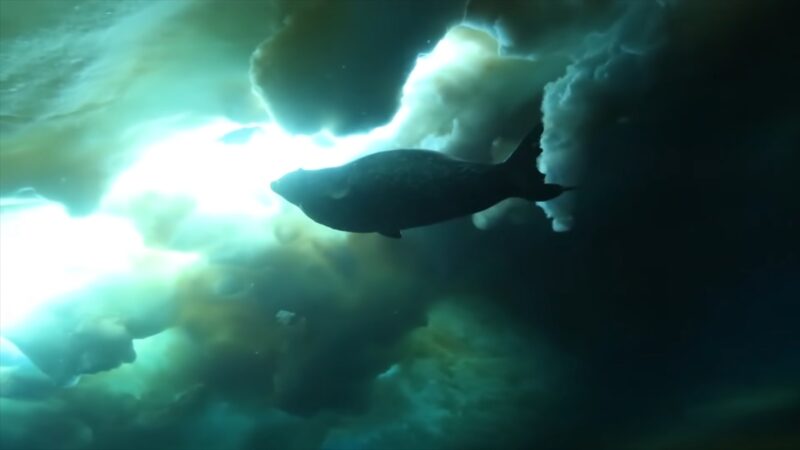
Climate change is not just affecting the land and ice of the Arctic – it’s also changing the very waters of the Arctic Ocean. One of the key changes is ocean acidification, a process where the ocean absorbs excess carbon dioxide from the atmosphere, leading to lower pH levels.
Ocean acidification can have serious impacts on marine life, particularly species that rely on calcium carbonate to build their shells or skeletons, such as clams, mussels, and some types of plankton. These organisms are a key part of the Arctic food web, serving as a food source for many fish species.
Arctic fish, such as Arctic char and cod, are therefore indirectly affected by ocean acidification through changes in their food resources. Changes in water temperature and salinity can also affect the distribution and reproduction of these fish, potentially leading to shifts in fish populations and the broader marine ecosystem.
Whales
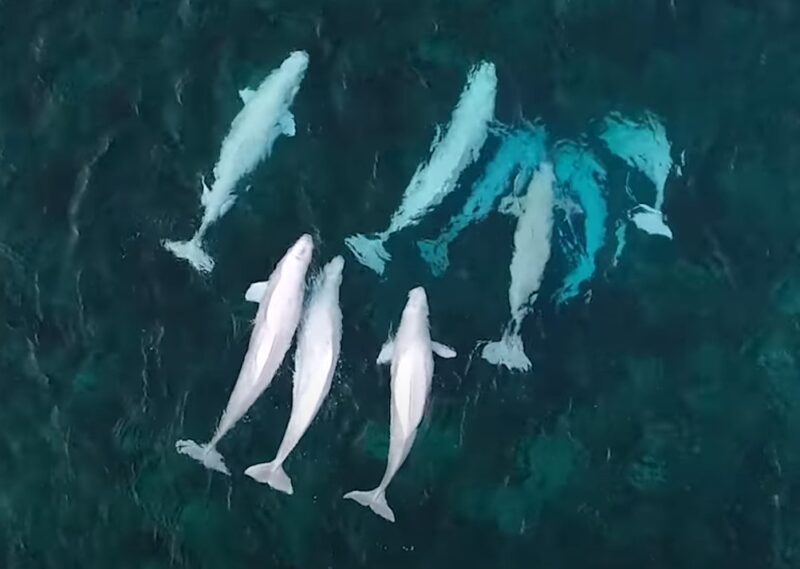
Arctic whales, including belugas, narwhals, and bowhead whales, are also feeling the impacts of climate change. These whales rely on the Arctic waters for feeding, breeding, and migrating, and changes in sea ice conditions, water temperatures, and food availability can have serious implications for their survival.
For example, changes in sea ice conditions can affect the whales’ migration routes and access to feeding grounds. Some whales, such as belugas and narwhals, rely on openings in the sea ice, known as leads, to breathe and access feeding areas.
However, unpredictable sea ice conditions can lead to changes in the location and availability of these leads, potentially trapping the whales or leading them into unfamiliar territories. Changes in water temperatures and currents can lead to shifts in the distribution of the whales’ prey, such as fish and plankton.
This can force the whales to alter their feeding habits and travel longer distances to find food, increasing their energy expenditure and potentially affecting their condition and reproduction.
Marine Mammals
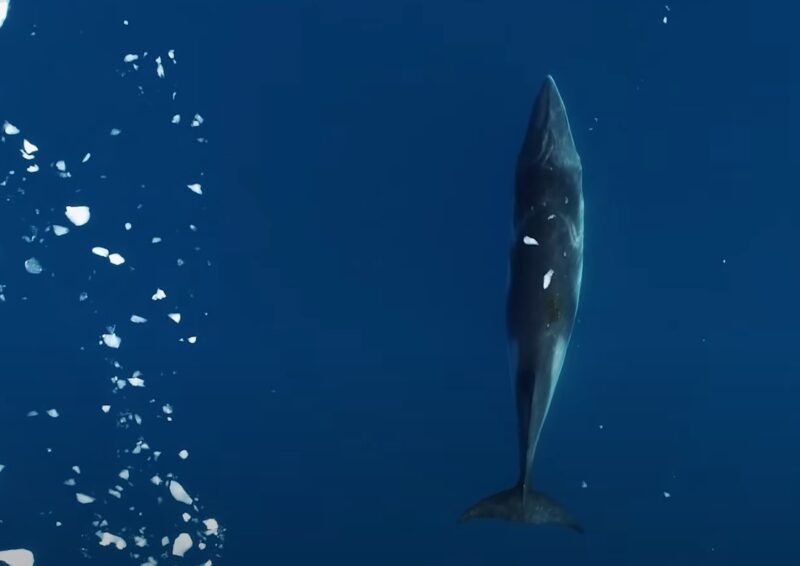
Climate change is posing a serious threat to several Arctic marine mammal species, many of which are already endangered or threatened. These include the polar bear, walrus, and several species of seals and whales, all of which rely on the sea ice for various aspects of their life cycle.
For these species, the loss of sea ice is a loss of vital habitat. Without the sea ice, they face challenges in hunting, breeding, and resting, leading to declines in their populations. Furthermore, changes in ocean conditions and food availability can also affect their survival.
Conservation efforts are underway to protect these endangered Arctic marine mammals. These include monitoring programs to track their populations and habitats, protective regulations to minimize disturbances from human activities, and research to better understand the impacts of climate change on these species.
These efforts face many challenges, not least of which is the rapid pace of climate change in the Arctic.
Invasive Species and Biodiversity

As the Arctic warms, it’s becoming more susceptible to invasions by non-native species. These invasive species, whether they’re plants, animals, or microbes, can outcompete native species for resources, disrupt ecosystems, and introduce new diseases.
Warmer temperatures can allow southern species to expand their range northward. This includes species such as red foxes, which can outcompete native Arctic foxes, and southern plants, which can alter the Arctic tundra ecosystem.
Invasive species pose a serious threat to the unique biodiversity of the Arctic. They can disrupt the balance of ecosystems, alter habitats, and affect the survival of native species. This highlights the importance of monitoring and managing invasive species in the Arctic, as part of broader conservation efforts to protect this unique and vulnerable region.
Human Interactions
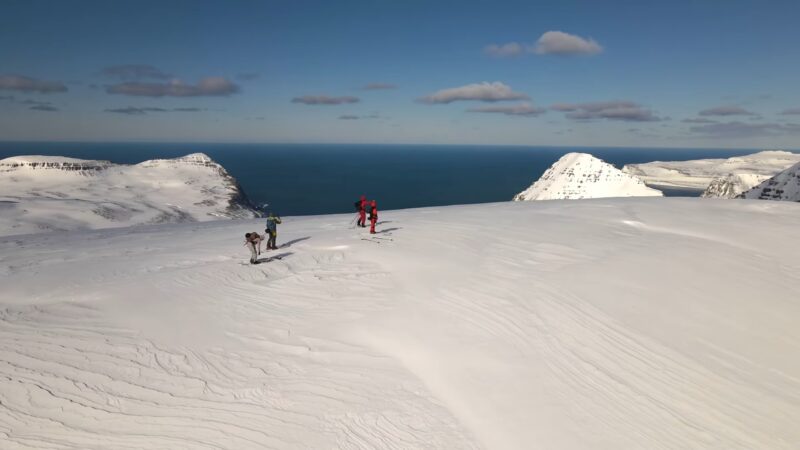
Human activities are also impacting Arctic wildlife, both directly and indirectly. Direct impacts include disturbances from shipping, fishing, and tourism, as well as pollution and habitat destruction. Indirect impacts include the effects of climate change, driven by global greenhouse gas emissions.
Increased shipping traffic in the Arctic, due to melting sea ice, can lead to noise and water pollution, disturbances to wildlife, and the risk of oil spills. Similarly, fishing and hunting can impact wildlife populations, particularly if they’re not properly managed.
It’s therefore crucial to manage human activities in the Arctic in a sustainable and responsible manner. This includes implementing and enforcing regulations to minimize disturbances to wildlife, managing hunting and fishing to ensure they’re sustainable, and reducing greenhouse gas emissions to mitigate the impacts of climate change.
Conservation Initiatives
The future of Arctic wildlife in a changing climate is uncertain. However, what is clear is that the impacts of climate change on these animals are already happening, and they’re likely to intensify in the coming years. This makes it crucial to take action now, to protect these animals and the unique Arctic ecosystems they inhabit.
Conservation initiatives are underway to protect Arctic wildlife, from monitoring programs and protective regulations to habitat restoration and climate change mitigation efforts. These initiatives involve a wide range of stakeholders, including governments, Indigenous communities, scientists, conservation organizations, and the public.
However, protecting Arctic wildlife in a changing climate is a complex and challenging task. It requires not only addressing the direct impacts of climate change on these animals, but also managing the broader changes to their ecosystems and the indirect impacts of human activities. It’s a task that requires collaboration, commitment, and urgent action.
FAQs:
Will warmer temperatures lead to an increase in disease outbreaks among these species?
Warmer temperatures can facilitate the spread and survival of certain pathogens and parasites, increasing the risk of disease outbreaks.
What role do indigenous communities play in Arctic animal conservation?
Indigenous communities have traditional ecological knowledge and a deep connection to the land and wildlife. Their involvement in conservation efforts is essential for effective management and protection of these animals.
How can scientists study the effects of climate?
Scientists use a combination of methods, including satellite tracking, population surveys, remote sensing, and modeling, to study the effects of climate change on Arctic animals and their habitats.
How can individuals contribute to the conservation of these species?
Individuals can make a difference by adopting sustainable practices, reducing their carbon footprint, supporting organizations working on Arctic conservation, and educating others about the importance of protecting these animals.
Are there any efforts to reintroduce or relocate them to more suitable habitats due to climate change?
Some conservation initiatives consider the relocation or reintroduction of Arctic animals to areas that may offer more suitable habitats in response to the changing climate. However, these efforts are complex and require careful evaluation.
Conclusion
These animals are now facing unprecedented challenges due to climate change. From shrinking sea ice and melting glaciers to shifting migration patterns and invasive species, the impacts of climate change on these species are complex and far-reaching.
Addressing these challenges requires urgent action to reduce global greenhouse gas emissions and slow the pace of climate change. It also requires efforts to protect and restore Arctic habitats, manage human activities in the region, and support the resilience and adaptation of Arctic wildlife.
As we grapple with the impacts of climate change, the Arctic serves as a stark reminder of the urgency of this crisis. The fate of these animals is not just a concern for those who live in or near the Arctic, but for all other animals and of us who share this planet. It’s a reminder of our interconnectedness and our shared responsibility to protect our planet and its biodiversity.


